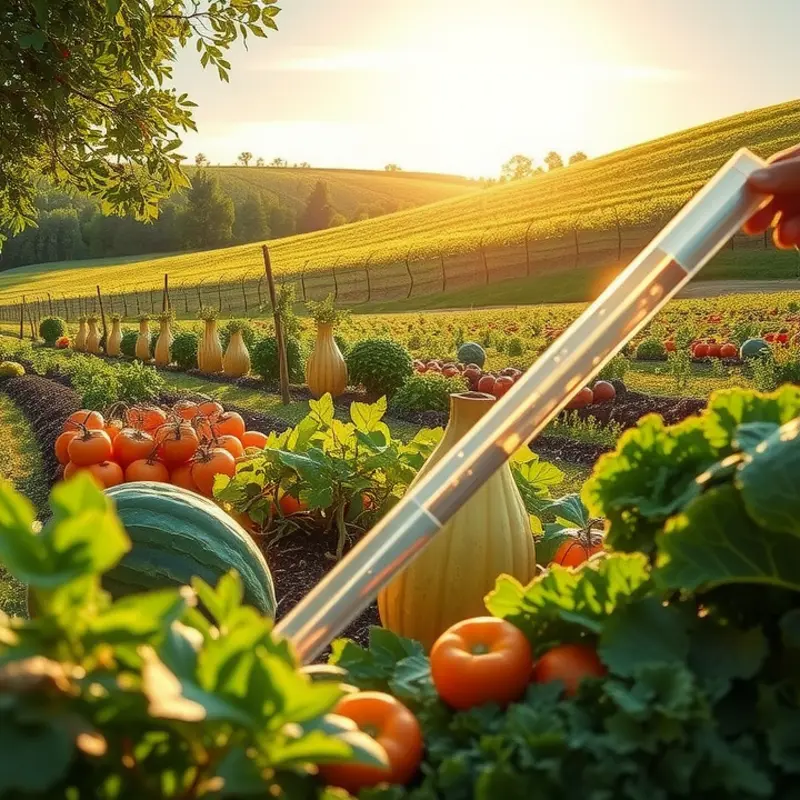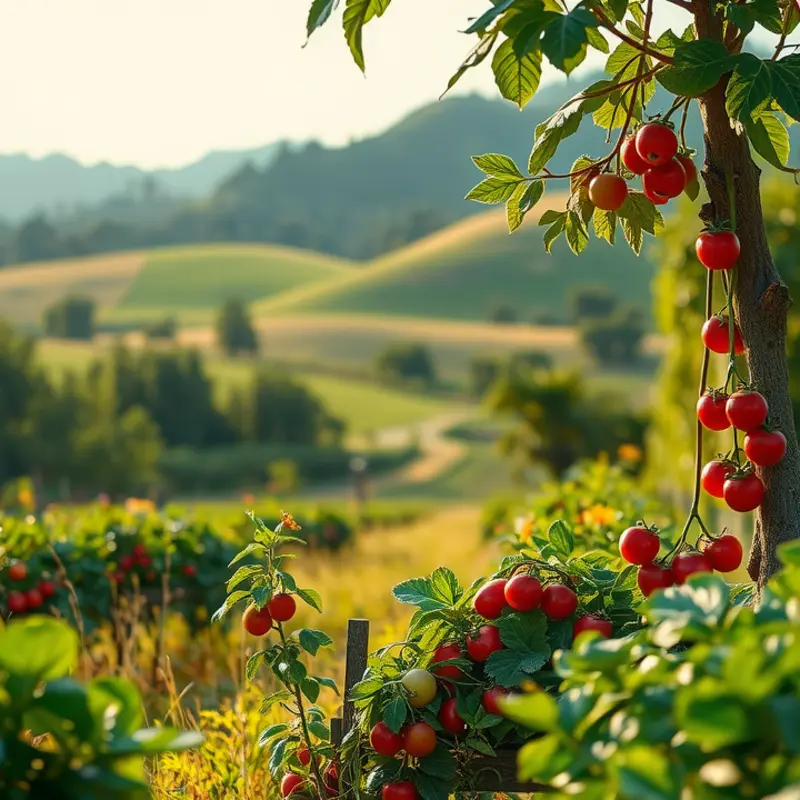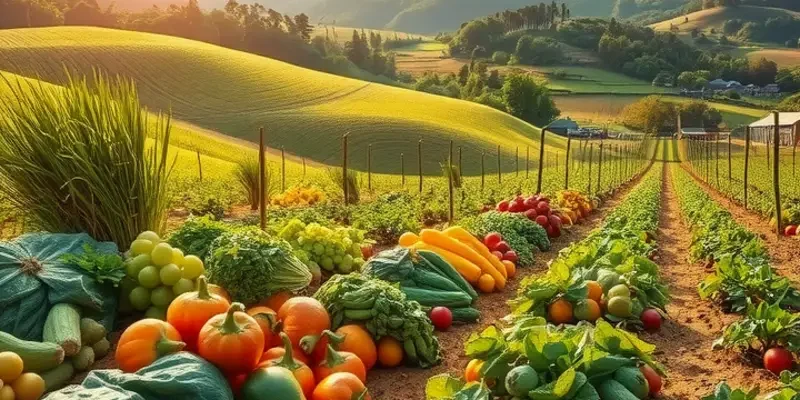Storing leftovers in an eco-friendly manner not only minimizes food waste but also enhances food safety. Embracing sustainable storage practices can transform how we manage food in our homes, ultimately supporting both personal health and the environment. By choosing the right materials and methods, you can extend the life of your meals while contributing to a greener planet. This guide provides actionable tips for effective food storage, ensuring you meet your sustainability goals without compromising on quality.
Choosing the Right Storage Materials

Selecting the appropriate materials for storing leftovers can have a significant impact on both your food’s freshness and the environment. Embracing eco-friendly alternatives not only reduces waste but also ensures the safety and longevity of your food stock. Key options like glass containers, beeswax wraps, silicone bags, and stainless steel containers come with unique benefits worth exploring.
Glass Containers
Glass containers are a versatile and sustainable option for keeping your leftovers. They are durable, long-lasting, and able to withstand high temperatures, making them perfect for both storage and reheating meals. Unlike plastic, glass does not leach harmful chemicals into food, ensuring safety and preserving flavors. Transparent surfaces allow you to see contents easily, reducing food waste through better awareness of stored items.
Beeswax Wraps
Beeswax wraps are natural, biodegradable alternatives to single-use plastic wraps. Composed of organic cotton, beeswax, and other plant-based ingredients like tree resin and jojoba oil, these wraps mold to the shapes of containers or food items with the warmth of your hands. They create a breathable seal that protects food while extending its shelf life. Beeswax wraps are reusable, simply requiring a gentle wash with cold water and mild soap before air drying.
Silicone Bags
Silicone bags are a flexible and eco-friendly substitute for plastic sandwich bags. Made from food-grade silicone, these bags are non-toxic, heat-resistant, and extremely durable. They work well for both storing leftovers and cooking, as they are safe to use in microwaves and boiling water. Silicone bags are easy to clean and maintain, offering a long-lasting and reusable solution to minimize kitchen waste.
Stainless Steel Containers
Stainless steel containers are another excellent choice for those seeking durability and eco-conscious storage solutions. Renowned for their longevity and resilience, they keep food fresh without the risk of chemical leaching. Lightweight yet strong, stainless steel containers are ideal for kitchen storage and on-the-go meals. Many are designed with leak-proof lids, ensuring no spills while enhancing convenience.
Adopting these eco-friendly storage options is a simple yet effective way to align your kitchen practices with sustainable living. By choosing materials that prioritize both the environment and your health, you’re contributing to a lower waste footprint while protecting your food’s quality. For additional ways to improve kitchen sustainability, explore eco-smart kitchen storage tips.
Effective Leftover Management Techniques

Managing leftovers efficiently is essential for reducing food waste and making the most of your groceries. Implementing a few strategic practices can help you organize, store, and eventually use leftovers with ease and good conscience.
Labeling: A simple yet effective step to avoid waste is clearly labeling your leftovers. Use tags or stickers to note the date, contents, and any special instructions. This practice ensures that you know exactly what’s inside each container without having to open it, which helps in maintaining freshness longer. When using labels, opt for reusable options like erasable tags or washable markers. These options cut down on paper waste and make it easier to update information.
First In, First Out (FIFO): FIFO is a system that helps ensure older items are used before newer ones. Place freshly prepared or bought foods at the back of your fridge or pantry, moving older items to the front. This places items close to expiration within easy reach, reminding you to consume them first. Implementing FIFO can significantly cut down food waste, saving you money and reducing spoilage.
Portioning: After a meal, if you have large quantities of leftovers, divide them into single-serve portions before storing. This approach makes it convenient to reheat just the right amount for the next meal or packed lunch, reducing the temptation to reheat excess food that might not get eaten.
Freezing: Most leftovers can be frozen for extended shelf life, allowing you to enjoy them at a later date. It’s vital to store foods properly before freezing to maintain quality. Use airtight containers or freezer-safe bags to lock in freshness and prevent freezer burn. Ensure to label them with the proper date and contents for easy identification.
Mindful Consumption: While managing leftovers, consider integrating mindful eating practices to better understand your food consumption habits. Being conscious of portion sizes and dietary needs can help in reducing the initial creation of leftovers, aligning with sustainable practices. For more insights on mindful eating, explore how it affects behavior and consumption in addressing unconscious eating.
Through these simple yet effective methods, you can optimize leftover management in your kitchen, overcome common waste pitfalls, and practice sustainable living. With consistency, these techniques will not only reduce waste but also add value to your meals, ensuring that every food item is appreciated and utilized to its full potential.
Final words
Incorporating eco-friendly storage solutions into your kitchen routine not only helps reduce waste but also promotes a healthier lifestyle. When you choose sustainable materials, like glass or biodegradable wraps, and implement effective management strategies, you can enjoy your meals while being kind to the planet. Remember to label your storage containers and practice FIFO to ensure older items are used first. By adopting these eco-conscious habits, you contribute to a more sustainable future while maximizing the quality of your food.







